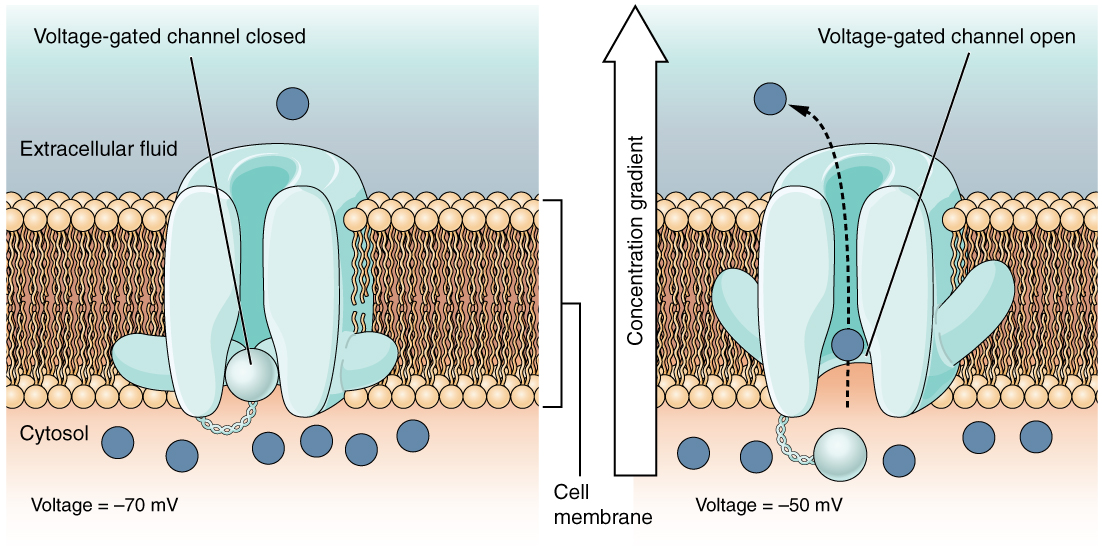Sandbox Reserved 1661
From Proteopedia
(Difference between revisions)
| Line 13: | Line 13: | ||
Somatropin plays an important role in physiological environments such as: increasing muscle mass, reducing fat mass, providing the energy necessary for tissue growth, maintaining the right level of glucose and lipids ... and the development of the individual's body <ref name="ncbi">PMID:22291494</ref>. It acts directly on a cell surface or indirectly <ref name="ncbi" />. In the second case, somatropin stimulates tissues such as the liver, which in turn allows the synthesis and secretion of IGF-1, thus enabling the development of cell growth, tissue, bone and thus the linear growth of the individual <ref name="britannica"> Utiger, R. D. and other Encyclopedia Britannica Contributors (1998), Insulin-like growth factor. Science, Chemistry.</ref>. | Somatropin plays an important role in physiological environments such as: increasing muscle mass, reducing fat mass, providing the energy necessary for tissue growth, maintaining the right level of glucose and lipids ... and the development of the individual's body <ref name="ncbi">PMID:22291494</ref>. It acts directly on a cell surface or indirectly <ref name="ncbi" />. In the second case, somatropin stimulates tissues such as the liver, which in turn allows the synthesis and secretion of IGF-1, thus enabling the development of cell growth, tissue, bone and thus the linear growth of the individual <ref name="britannica"> Utiger, R. D. and other Encyclopedia Britannica Contributors (1998), Insulin-like growth factor. Science, Chemistry.</ref>. | ||
| - | == | + | == Structure == |
| + | Somatotropin has two major isoforms. The predominant form is composed out of 191 amino acids and has a molecular weight of 22 kDa. The second isoform lost amino acids 32 till 46 due to alternative splicing of the pre-mRNA and therefore has a molecular weight of 20 kDa. | ||
| + | |||
| + | The '''primary structure''', corresponding to a sequence of amino acids, of the predominant somatotropin is the following : | ||
| + | [[Image:Example.jpg]] | ||
| + | |||
| + | Somatotropin does not exist as a linear chain of amino acids - it twists and folds on itself, forming the secondary structure. The protein consists of four antiparallel aligned α-helices. The first helix starts at the 6th amino acid, which is a leucine and ends with the 37th amino acid proline. It is separated from the other three helices after the 37th position. The 38th and 39th amino acids, which are lysine and glutamic acid are spliced out of the protein and therefore disconnects the first helix from the second one. The second helix starts at position 72 till 92, the third from 106 till 128 and the fourth helix from 155 until 184. | ||
| + | From the secondary structure, we obtain the tertiary structure, which corresponds to the 3D structure adopted by all the alpha helixes. The structural maintenance is ensured by electrostatic, hydrophobic, hydrogen and/or covalent interactions with cysteine 53 and cysteine 165 that form a disulphide bridge as well as cysteine 182 with cysteine 189. | ||
| + | The protein has two different binding sites: both located at the ends of the protein, the N-terminus as well as the C-terminus.3 <Structure load='1HGU' size='350' frame='true' align='right' caption='Representation of the 3D structure of somatotropin' scene='Insert optional scene name here' /> | ||
| + | |||
== Structural highlights == | == Structural highlights == | ||
Revision as of 20:04, 13 January 2021
|
| This Sandbox is Reserved from 26/11/2020, through 26/11/2021 for use in the course "Structural Biology" taught by Bruno Kieffer at the University of Strasbourg, ESBS. This reservation includes Sandbox Reserved 1643 through Sandbox Reserved 1664. |
To get started:
More help: Help:Editing |
Your Heading Here (maybe something like 'Structure')
| |||||||||||
References
- ↑ 1.0 1.1 Reh CS, Geffner ME. Somatotropin in the treatment of growth hormone deficiency and Turner syndrome in pediatric patients: a review. Clin Pharmacol. 2010;2:111-22. doi: 10.2147/CPAA.S6525. Epub 2010 Jun 1. PMID:22291494 doi:http://dx.doi.org/10.2147/CPAA.S6525
- ↑ Utiger, R. D. and other Encyclopedia Britannica Contributors (1998), Insulin-like growth factor. Science, Chemistry.

